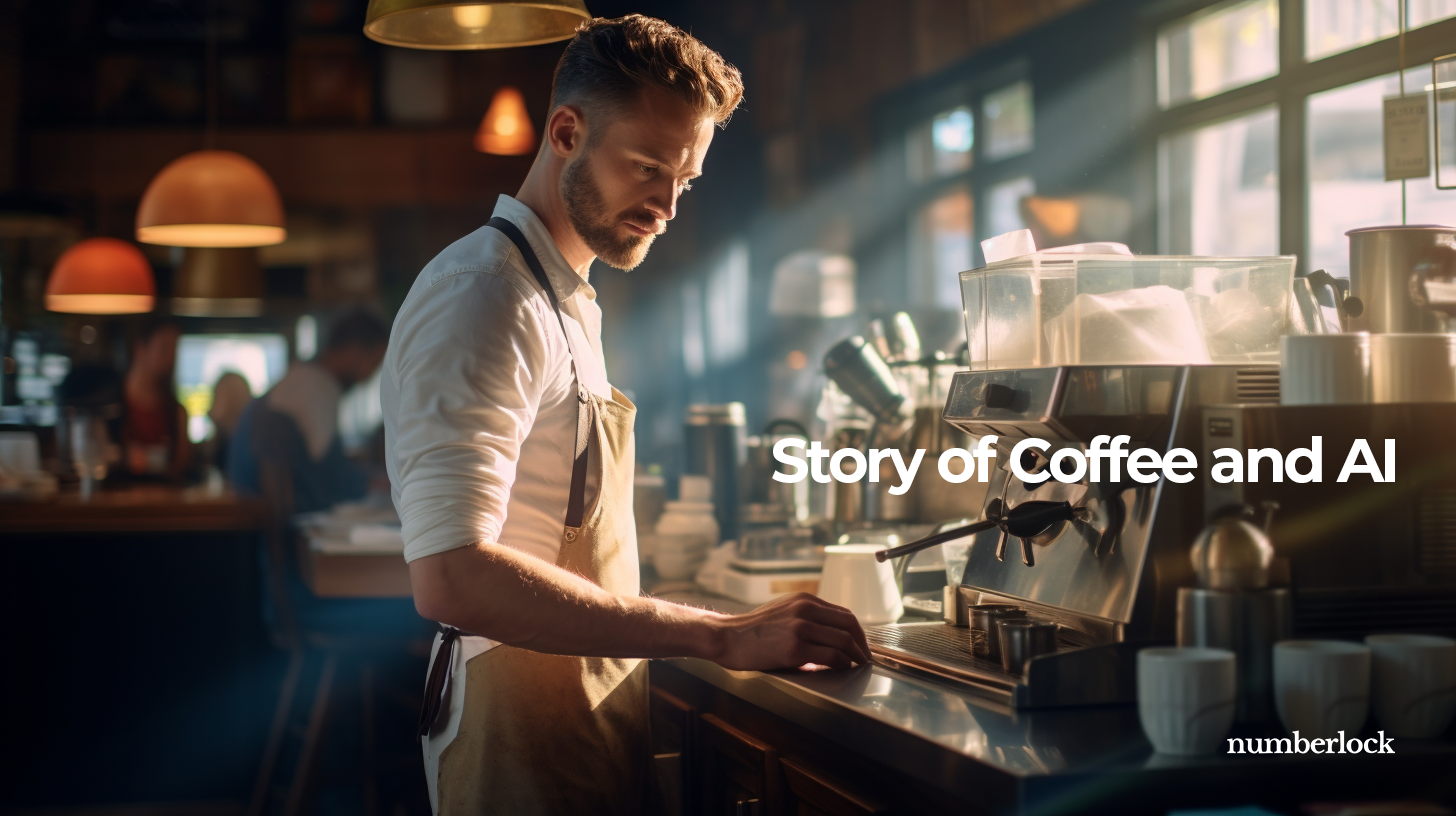Learn to explain LLM concepts using coffee

Large Language Models have flooded news, wall street, social media feeds and the cultural zeitgeist of today. If you're aren't talking to some version GPT - are you using the internet ? (Exaggeration I know. But play along please)
I've naturally been curious and reading up lately. Research papers are where the meat is, but they only serve it akin to a Michelin start restaurant in a five-course meal with unrecognizable ingredient names and expected knowledge of wine pairings expecting you to also pronounce those French wines in native accent. There's a weird sense of knowledge eliteness that comes with complexity of the words, acronyms and explanation in these research papers.
Here's a dumb version of some of the concepts from a guy who loves a simple shawarma corner street halal shop.
Let's talk about Jamie, who is training to be a Barista. Let's break down some of the common terms about LLMs with this simple context.
1️⃣ 𝗣𝗿𝗲-𝘁𝗿𝗮𝗶𝗻𝗶𝗻𝗴: Before Jamie even steps behind the counter, he watches a lot of videos about coffee, reads books, and tastes different brews. He's gathering a general understanding of the coffee world. This is similar to pre-training where the foundation is laid.
2️⃣ 𝗧𝗼𝗸𝗲𝗻𝘀: Jamie learns the components of different drinks: a shot of espresso, a dash of milk, a sprinkle of cocoa. Each of these components, these fundamental elements, can be compared to tokens in a language model. They're the individual bits that, when combined, create a complete drink or sentence.
3️⃣ 𝗘𝗺𝗯𝗲𝗱𝗱𝗶𝗻𝗴: Now, not all coffee ingredients are just physical items. For Jamie, "espresso" isn't just coffee; it symbolizes strong and bold. "Milk" can be creamy and soothing. He begins to associate feelings, qualities, and experiences with each ingredient. This association process is like embedding, where words (or ingredients, in Jamie's case) carry deeper meanings, nuances, or emotions.
4️⃣ 𝗣𝗮𝗿𝗮𝗺𝗲𝘁𝗲𝗿𝘀: Every day, Jamie makes countless tiny decisions: how long to steam the milk, the pressure to apply when pressing coffee grounds, or the sequence to add ingredients. These decisions are influenced by his earlier learning and are like the parameters in a model. They dictate the overall output - in this case, the quality and taste of the coffee.
5️⃣ 𝗙𝗶𝗻𝗲-𝘁𝘂𝗻𝗶𝗻𝗴: Let's say Jamie's coffee shop becomes famous for its cappuccinos. To perfect them, Jamie practices specifically on making cappuccinos. He learns the exact milk frothiness, the right coffee-to-milk ratio, and maybe even some latte art. This specialized focus on one type of drink is similar to fine-tuning, where the model or person hones in on a particular subject or skill.
6️⃣ 𝗣𝗿𝗼𝗺𝗽𝘁 𝗘𝗻𝗴𝗶𝗻𝗲𝗲𝗿𝗶𝗻𝗴: When customers come to the counter, the way they order can affect Jamie's creation. "A coffee with milk" could be interpreted in multiple ways. But if a customer says, "A large cappuccino with a heart-shaped foam on top," Jamie knows precisely what to make. The specificity of the order is akin to prompt engineering, where the clearer and more directive the instruction, the better the output.
⚖️ 𝗗𝗶𝗳𝗳𝗲𝗿𝗲𝗻𝗰𝗲𝘀 𝗯𝗲𝘁𝘄𝗲𝗲𝗻 𝗘𝗺𝗯𝗲𝗱𝗱𝗶𝗻𝗴, 𝗙𝗶𝗻𝗲-𝘁𝘂𝗻𝗶𝗻𝗴, 𝗮𝗻𝗱 𝗣𝗿𝗼𝗺𝗽𝘁 𝗘𝗻𝗴𝗶𝗻𝗲𝗲𝗿𝗶𝗻𝗴:
Embedding is about associating deeper meanings or nuances with individual elements (like Jamie associating emotions with coffee ingredients). It's about understanding context.
Fine-tuning is the act of specializing further on a specific topic or skill after having a broad base (like Jamie focusing on making the perfect cappuccino after learning general coffee-making).
Prompt Engineering deals with how you present a request or instruction to get a desired output (like how customers specify their orders to Jamie to get their preferred drink).
